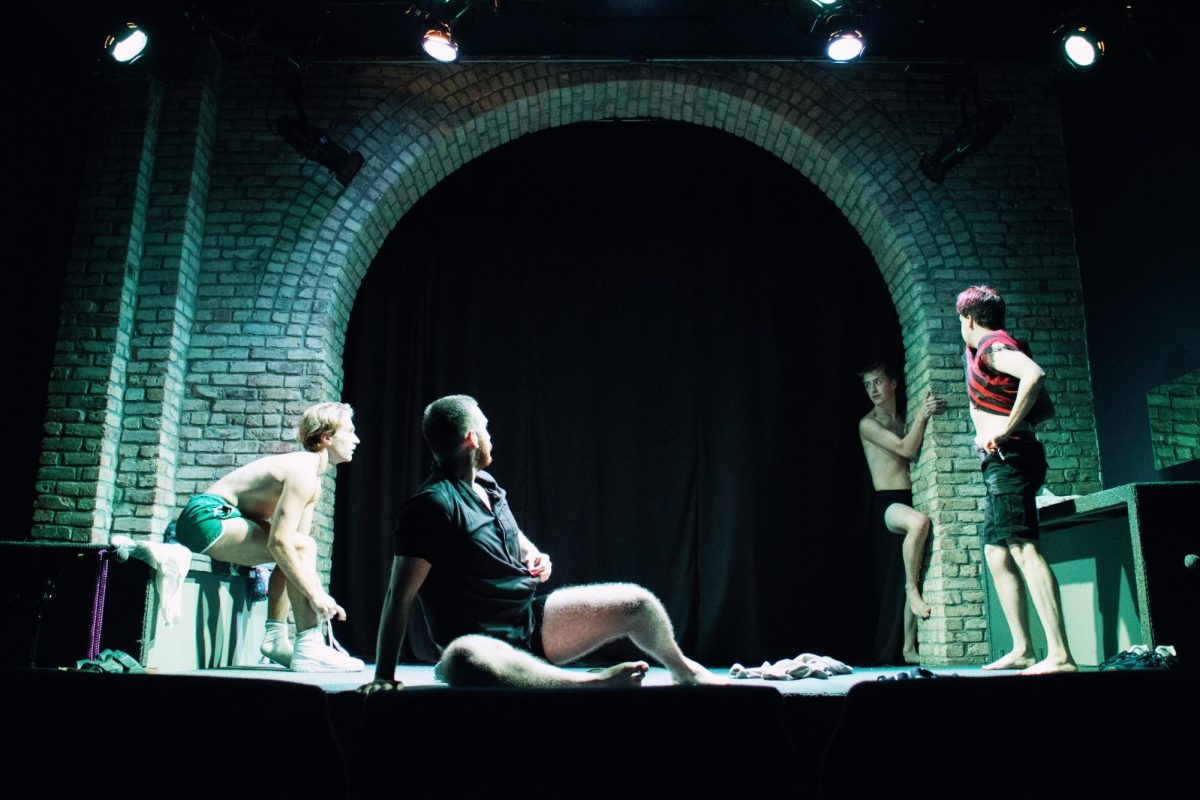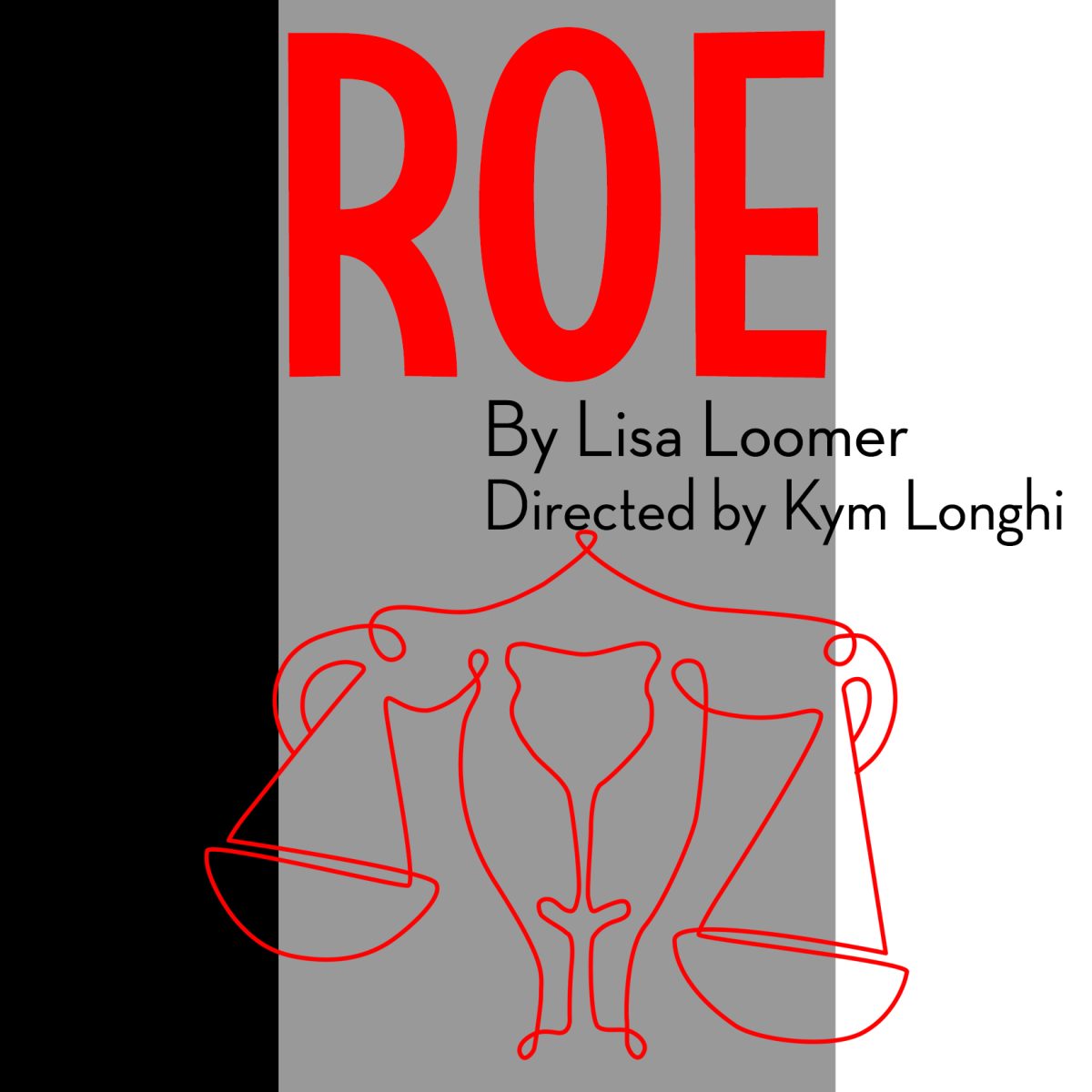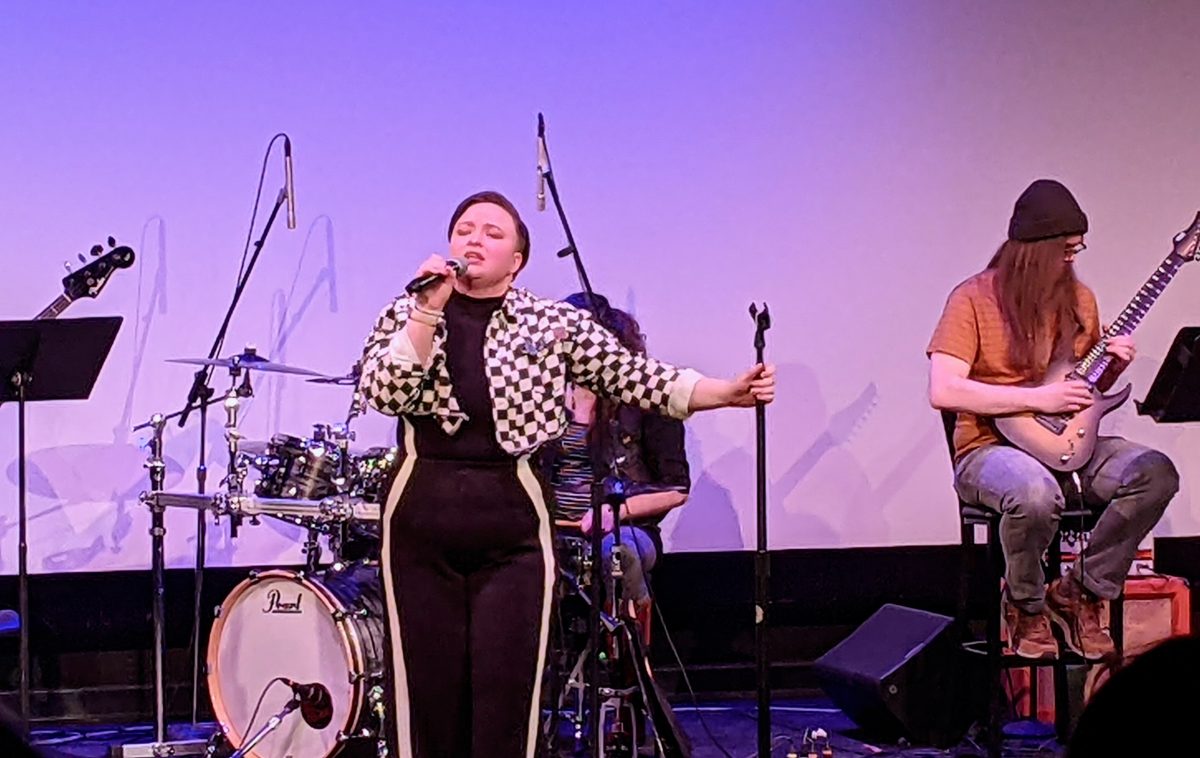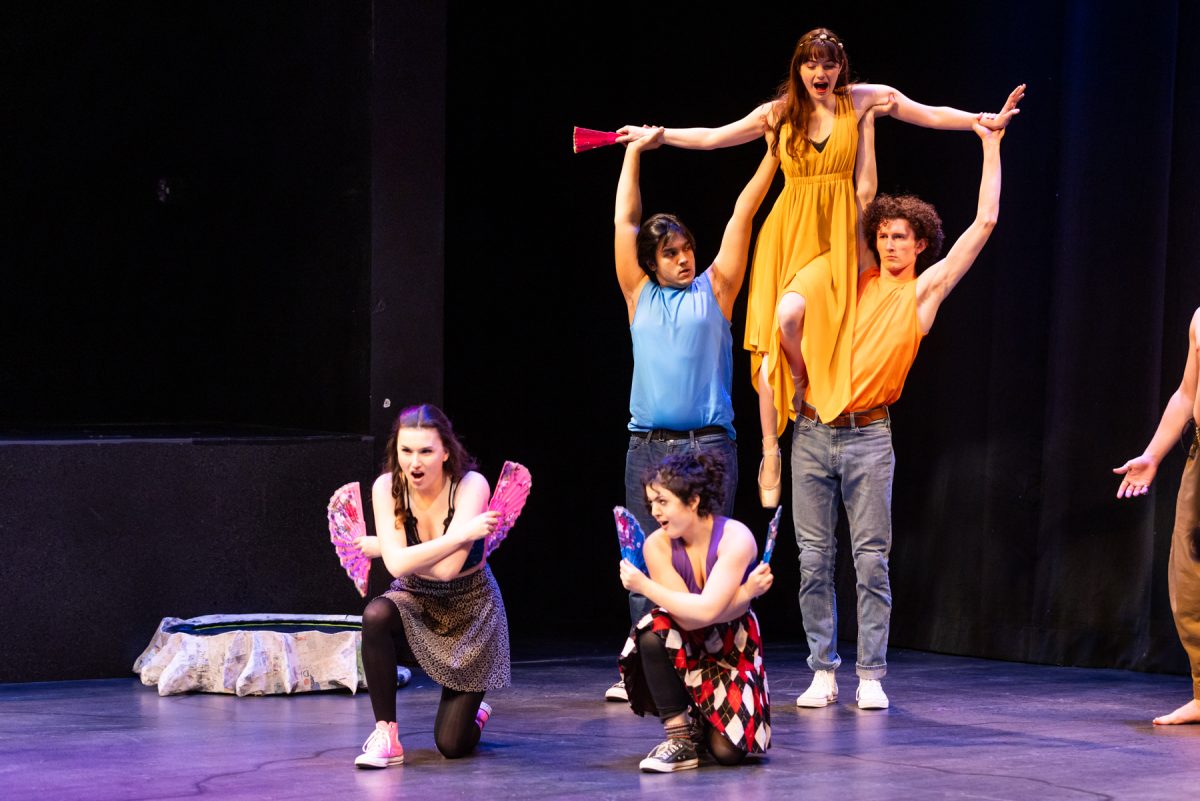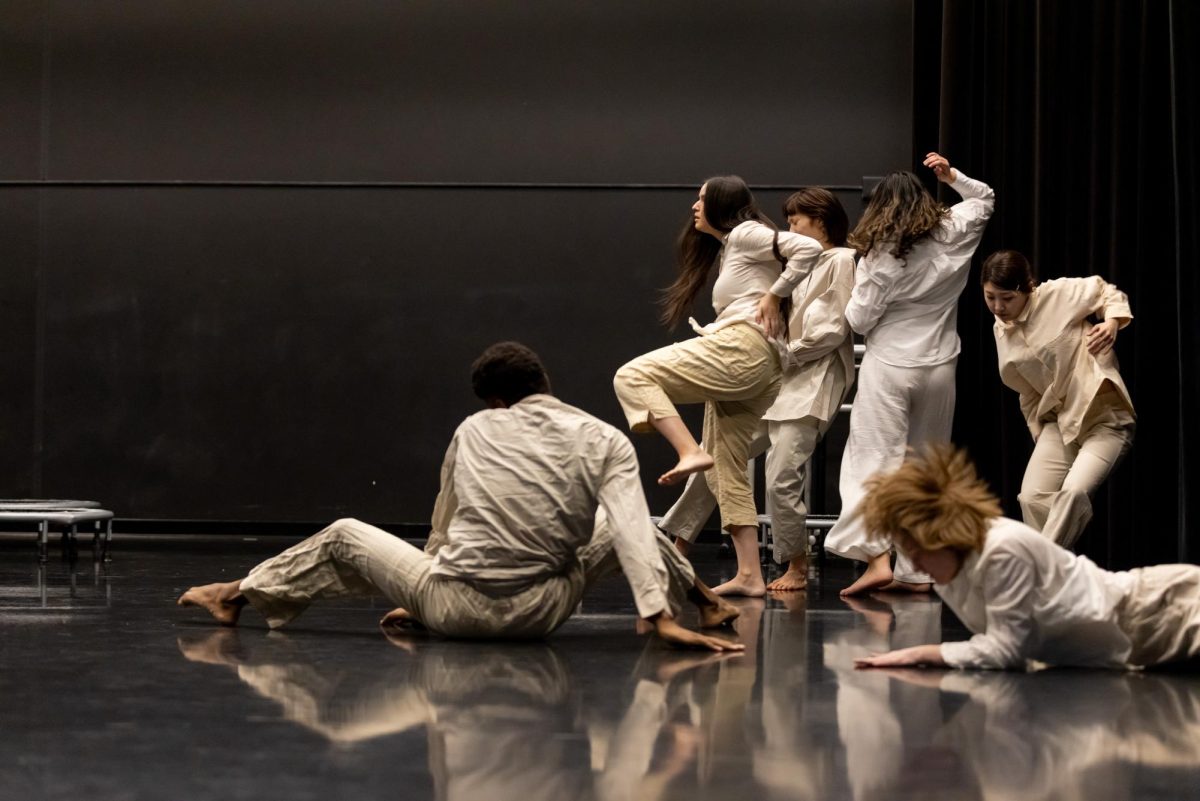Many people hear modern dance and picture dancers dressed all in black, convulsing and jumping indiscriminately around a stage to the sounds of screeching birds and train whistles. They’re scared of it, because they’re worried they won’t “get it,” that for every dance there’s one central point, and they’ll miss it.
WHEN: Feb. 8 and 9, 8 p.m., Feb. 10, 2 p.m.
WHERE: Whiting Proscenium Theatre, Rarig Center, University West Bank Arts Quarter, 330 21st Ave. S., Minneapolis
TICKETS: Advance, $8-14, Door, $10-16, www.umn.edu/umato/trisha.html, (612) 624-2345
University dance majors Annie Hanauer and Jin-Ming Lai both agree that dance shouldn’t be about finding the hidden meaning, but that it’s open to interpretation by each audience member.
Every choreographer may have an intended message, Hanauer said, but every audience member is going to react differently to what they see on stage.
Audiences will get the chance to experience modern dance at the newest production by University Dance Theatre, “Dance Revolutions.” The show features University dance students in four distinct pieces created by five different choreographers.
One of those choreographers is famed Trisha Brown, credited as one of the people to create modern dance. Dance students are performing her piece, “Set and Reset,” which use set phrases as well as improvisation.
Two of Brown’s former company members, Katrina Thompson Warren and Wil Swanson, worked with the dance undergrads.
“They taught us the ideas and we learned to speak the Trisha Brown language,” Lai said.
The dance moves feel “gooshy” Hanauer said.
Lai agreed. “It’s like releasing your body,” she said.
The end product is organized chaos, with sheer costumes and hanging statues, expressing what Lai calls, “the architecture of everyday life.”
For those who’ve studied the history of modern dance, “Set and Reset,” originally created in 1983, is perhaps the most anticipated piece of “Dance Revolutions.”
The dancers first learned basic phrases, the dance vocabulary for the piece, and five rules of improvisation. Then the undergrads were turned loose to create their very own version of the famous choreography, creating a different performance of “Set and Reset” than has ever been performed before, Lai said.
“Dance Revolutions” also features the first-time collaboration of Morgan Thorson and Karen Sherman, two local choreographers who are also life partners. The two are both respected in the dance community for their own work. The piece, “Double Rainbows,” is based on different types of partnerships – romantic, muse and creator, and the partnership between collaborators. As always with dance, the images created are open to interpretation, even when strains from the wedding march play during the performance. Unlike “Set and Reset/Reset,” the piece was created around and for these dancers.
Choreographer Bebe Miller also contributed to the show with her piece, “Resistance lessened or increased and taken.” Dancers perform her piece in socks, to Bach’s “Chaconne.”
Miller’s dance style is known more for its passion. In her teaching, she offered a more fluid interpretation of how the dance should be done, dance senior Brigitte Koepke said. For example, an arm could be placed above the head, down by your side, or any place in between, as opposed to other dances, where an arm is just so, and cannot vary from that set position.
Nathan Trice’s piece, “Impetus,” rounds out “Dance Revolutions.” Two dancers that worked with Trice, Koepke and Luke Melsha, said Trice’s work involved an emphasis on athleticism while still being aesthetically pleasing. Trice also stressed militaristically precise movement. As opposed to Miller’s open interpretation of movement, Trice’s movements were exact and specific.
“Dance Revolutions” has been in the works for over a year and the dancers have been rehearsing since September. Auditions for the show were held the first Saturday of fall semester, and since then, dancers have been practicing at least three hours a day. Closer to the show, with all of the on-stage rehearsal time, that increases to six hours of dance a day.
Yet somehow, in the midst of all the business and chaos, the different artistic styles and voices of choreographers and dancers come together in one show. Lai and the other dancers are looking forward to the accumulation of their hard work in the show: “It really displays the ranges and different styles that encompass modern dance.”










